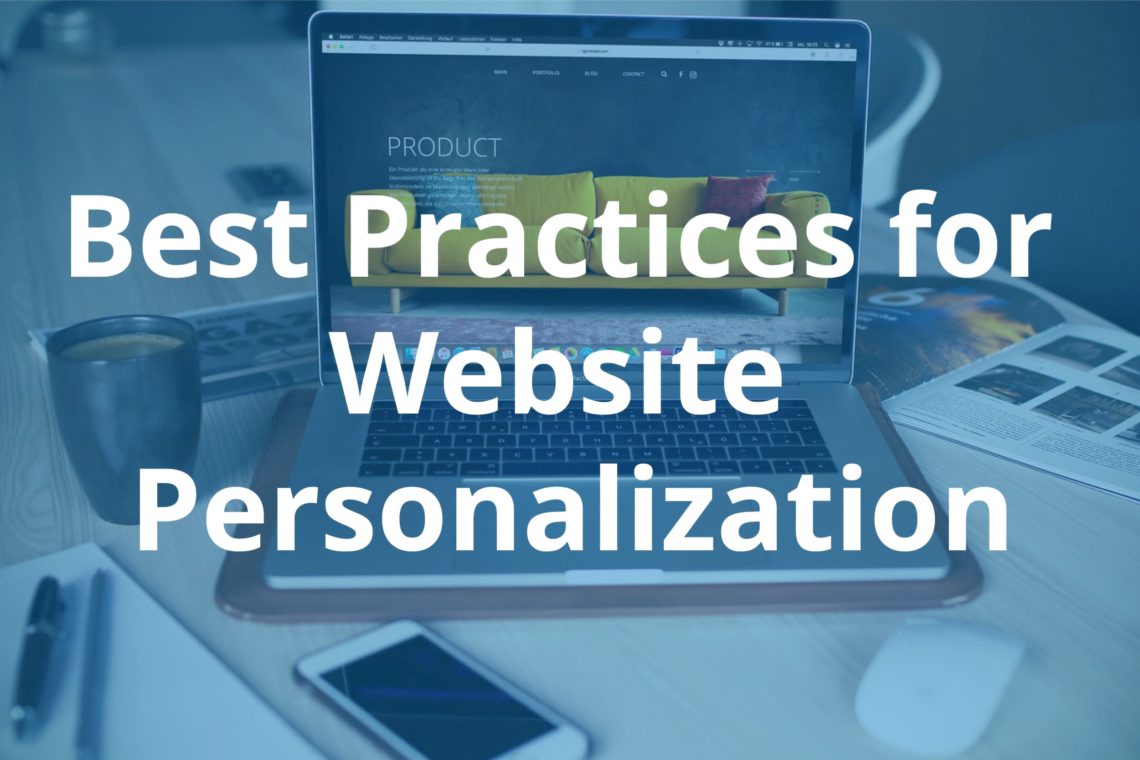
Message Personalization Best Practices: A Guide for Marketing Teams
Personalized messaging has become an essential part of marketing in today’s world. Customers are more likely to engage with messages that are tailored to their interests and preferences. Here are some best practices for message personalization:
- Use the customer’s name – Addressing customers by their names creates a sense of familiarity and shows that you value them as individuals.
- Segment your audience – Segmentation allows you to group customers based on demographics, behavior, or preferences, so you can send targeted messages that resonate with each group.
- Use data to personalize messages – Utilize customer data like purchase history or browsing behavior to create personalized recommendations and offers.
- Send triggered messages – Triggered messages are automated messages sent in response to specific actions taken by the customer, such as abandoning a cart or making a purchase.
- Optimize timing and frequency – Sending too many or too few messages can negatively impact engagement rates, so it’s important to optimize both timing and frequency based on what works best for your audience.
- Test and iterate – Continuously test different messaging strategies and analyze results to determine what resonates best with your audience.
- Provide relevant content – Deliver content that solves problems faced by people who have shown interest in similar products/services before coming across yours
By implementing these best practices, marketers can create personalized messaging campaigns that deliver better results than generic mass-marketing efforts.
In conclusion, when done right message personalization is a powerful tool for engaging customers and increasing conversion rates through creating unique experiences which make them feel valued while providing solutions they need at the moment..
